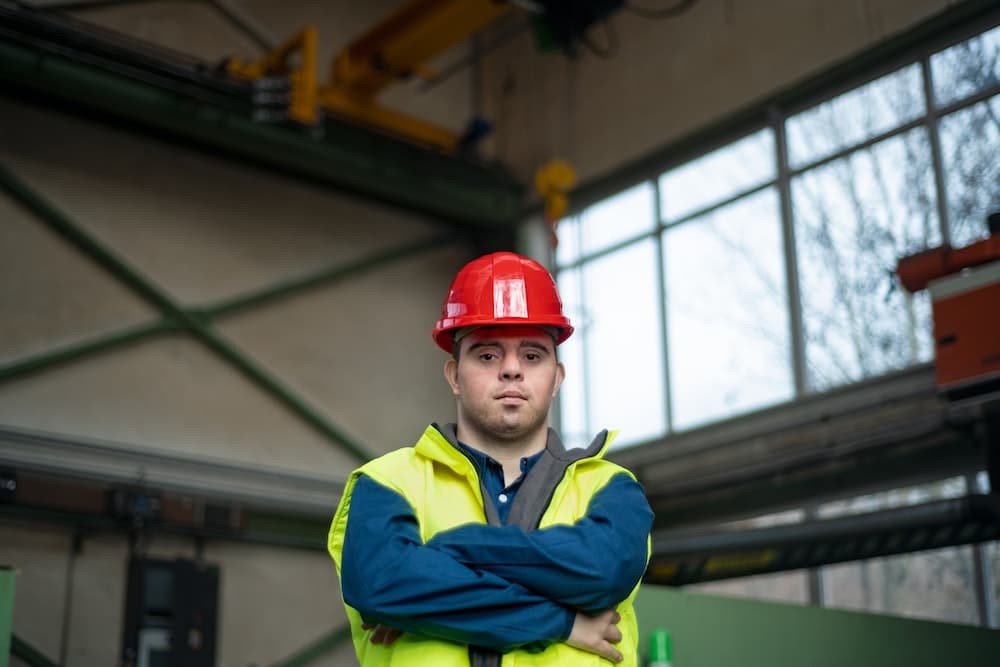How to Safely Introduce a Rescue Parrot into a Home with Other Birds?

When you make the decision to bring a rescue parrot into your home, you will be embarking on a unique journey. It’s a positive step, but it also requires a lot of consideration, especially if you already have other pets at home. The main challenge you may face is to ensure that your new feathered friend will cohabit peacefully with the other birds and pets in your home. It can be done and we’re here to guide you through the process.
Understanding the Parrot’s Behavior
The first step in introducing a rescue parrot into your home with other birds is to understand the behavior of these unique creatures. Parrots are sociable birds but they are also territorial. Each bird has its unique temperament that can influence their interactions with other pets.
Lire également : How to Create a Comfortable Living Space for a Three-Legged Dog?
Parrots, like cats, can be quite possessive of their space. They may see other birds or pets, such as cats, as a threat and behave defensively. Understanding this behavior will help you take necessary measures to ensure smooth integration of your rescue bird into the new environment.
It is essential to remember that parrots are intelligent creatures. They observe and interact with their environment. They can feel stressed or threatened if their surroundings change suddenly. This may lead to aggressive behavior, which can be harmful to other birds. Therefore, it is crucial to introduce your rescue parrot gradually into its new home.
A lire en complément : What’s the Most Effective Method for Introducing Two Adult Male Dogs?
Preparing the Environment
The next step is to prepare the place for your parrot. Unlike cats, which often roam freely in the home, birds such as parrots need a specific and safe place. A cage is not just a place for the bird to stay. It’s a sanctuary that the bird should feel at home in.
Consider placing the rescue parrot’s cage in a calm and quiet place initially. This will give the bird time to adjust to the new environment without being overwhelmed by other pets. You can move the cage to a more common area after the parrot has settled in and feels safe.
Remember that it’s essential to make sure the cage is spacious enough for the parrot to move around freely. It’s not just about providing a place for the bird to sleep. It’s about creating a space where the parrot can play, explore, and feel secure.
Introducing the Parrot to Other Birds
The third step involves introducing the rescue parrot to your other birds. This process should be gradual and supervised. Start by allowing the birds to observe each other from a distance. They can do this from their respective cages.
One important aspect you should look for is the reaction of both the parrot and the other birds. This will give you a clear understanding of how they might interact with each other in a shared space. If they show signs of aggression or distress, it’s better to give them more time to get used to each other.
In time, you can allow them to interact under close supervision. Their interactions should always be monitored to prevent any potential harm. Even if the birds seem to get along, never leave them unsupervised together in the early stages.
Introducing the Parrot to Other Pets
The last step is introducing the parrot to other pets, specifically cats. Cats are natural predators and birds are their prey. This is a reality that you don’t want to ignore.
Before introducing your cat to the parrot, make sure that the bird is comfortable in its new home and used to the other birds. This will help the bird feel more secure during the introduction process with the cat.
When introducing the parrot to your cat, ensure the bird is in its cage. This will prevent any potential attacks. Allow the cat to observe the parrot from a distance. Over time, the two might get used to each other’s presence.
As a pet owner, it is your responsibility to ensure that your pets coexist peacefully. Remember, safety comes first. The introduction process might take some time, but with patience and understanding, your rescue parrot will eventually find its place in your home.
Developing a Routine for the Rescue Parrot and Other Pets
A properly planned routine is a major step in integrating a rescue parrot into a home with other birds and pets. Parrots are creatures of habit and will thrive in a consistent environment. Make sure to feed your pet birds at the same time each day. This will create a sense of security for the parrot as it will know what to expect.
Introduce your rescue parrot to various activities gradually. This could be everything from feeding time to playtime. You can start by placing the new bird’s cage near the other bird’s cages during these activities. This will allow them to get used to each other’s presence while engaging in a mutual activity.
The cage is not just a place for your parrot to stay, it’s its safe haven. It’s important to remember that the bird’s cage should be clean and filled with toys to stimulate the bird’s mind. You can also add a perch for your parrot to sit on. This will give the bird a sense of belonging and will help it become comfortable in its new surroundings.
While developing a routine, do not overlook the importance of bonding time. Spend quality time with each of your pets separately. Parrots are social creatures and need to form a bond with their owners. This bonding time will not only help the rescue parrot adjust but will also reduce the chances of jealousy among other pets.
Ensuring Long-term Harmony Between Your Pets
Introducing a rescue parrot into a home with other birds and pets can be a complex process, but with patience and understanding, you will find it to be a rewarding experience. However, the process does not end after the initial introduction. Ensuring long-term harmony is equally important.
One of the ways to ensure this is by carefully observing the interactions between your pets. Always be on the lookout for signs of distress or aggression. If you notice such behaviors, it’s essential to intervene immediately to prevent potential harm. Furthermore, ensure that each pet has its own space and privacy. This will reduce the chances of territorial disputes.
On top of this, maintain a consistent routine for all your pets. This will help them understand their place in the household and will minimize conflicts. The rescue parrot will gradually adjust to its new environment and will become a part of your pet family.
It’s also important to take your pets for regular vet check-ups. This will ensure that they are healthy and are not experiencing any stress due to the new member of the family. Remember, a healthy pet is a happy pet.
Ultimately, the time and effort you put in during the initial introduction phase will pave the way for a harmonious coexistence between your pets. By following these guidelines, you are not just bringing a bird into your home, but providing a meaningful life for a rescue parrot that needs a loving home.
Conclusion
Introducing a rescue parrot into a home filled with other birds and pets is a significant commitment. It demands time, patience, and compassion to ensure a smooth transition. The process goes beyond just bringing the bird home. It involves understanding the parrot’s behavior, preparing the environment, introducing the parrot to other birds and pets, establishing a routine, and ensuring long-term harmony.
Each step is crucial in shaping the bird’s experience in its new home. As a bird owner, your goal should be to create a nurturing environment where your pets can coexist peacefully. Even if the process seems challenging, remember, the joy of providing a safe and loving environment for a rescue parrot is immeasurable and will bring a new dimension to your life as a pet lover. With time, patience, and love, your rescue parrot will flourish and become an integral part of your pet family.
